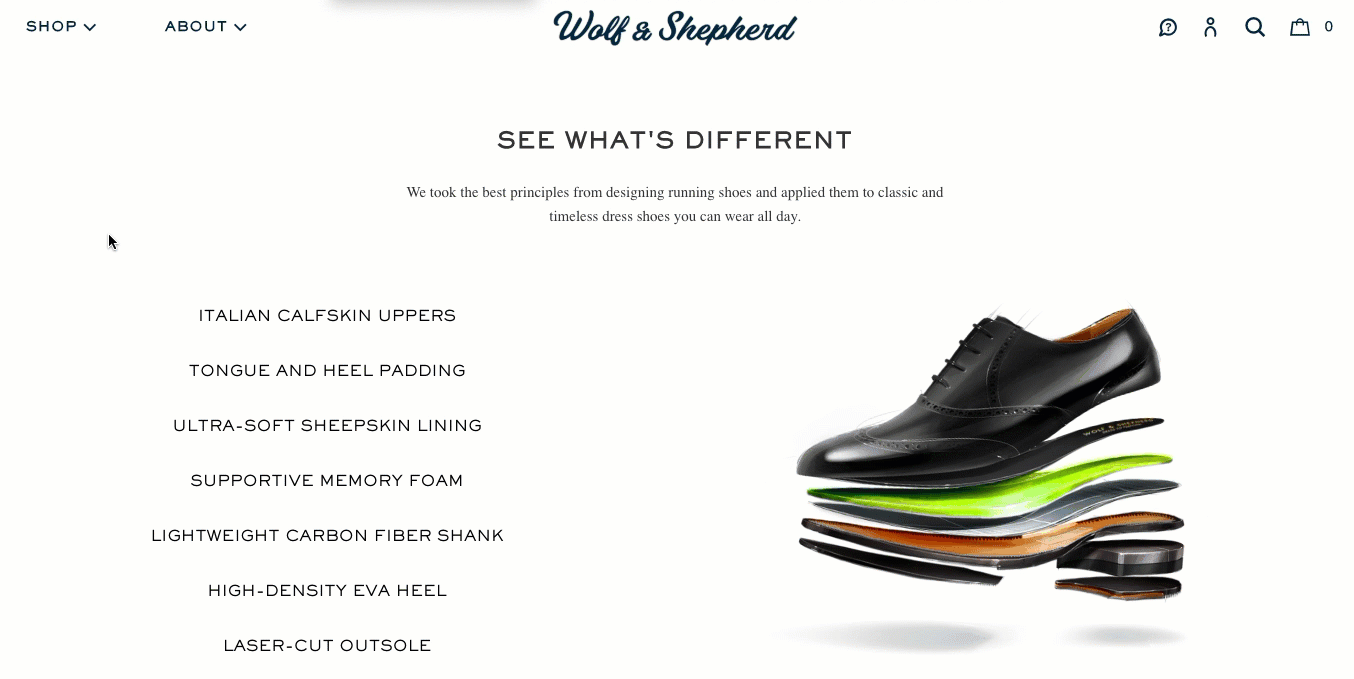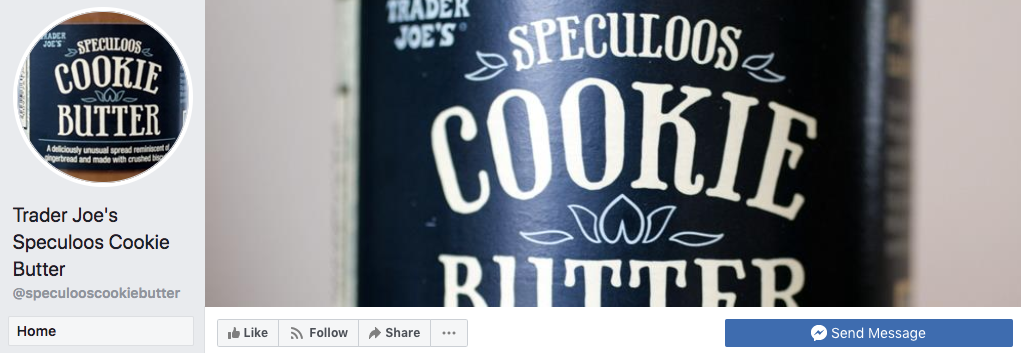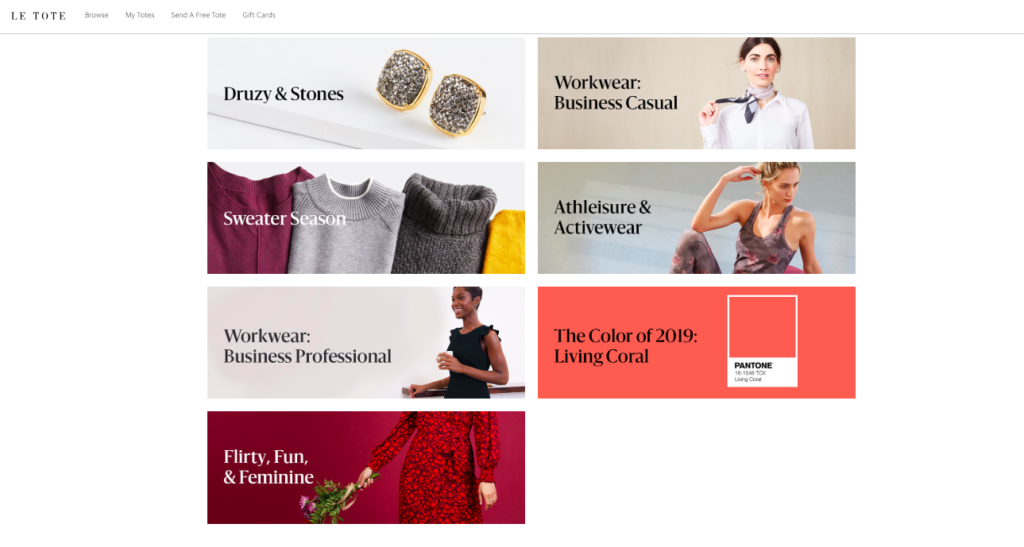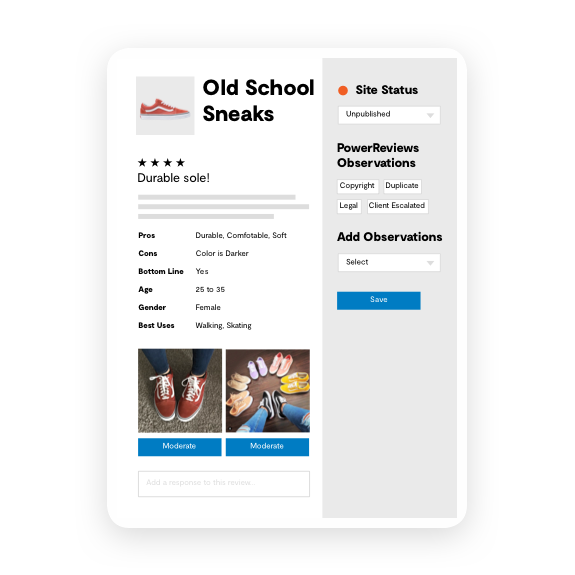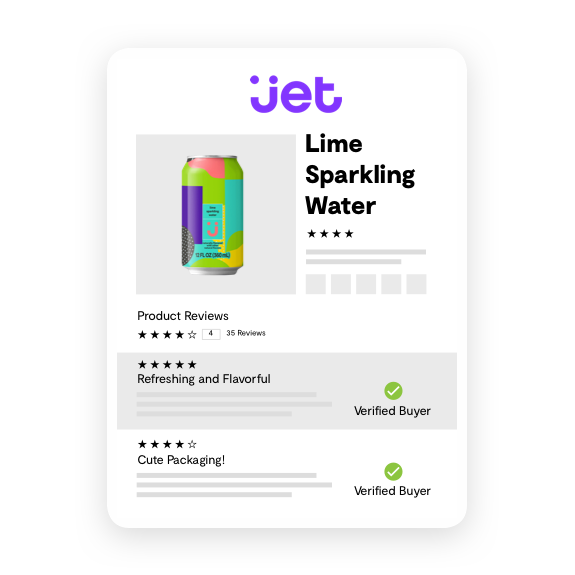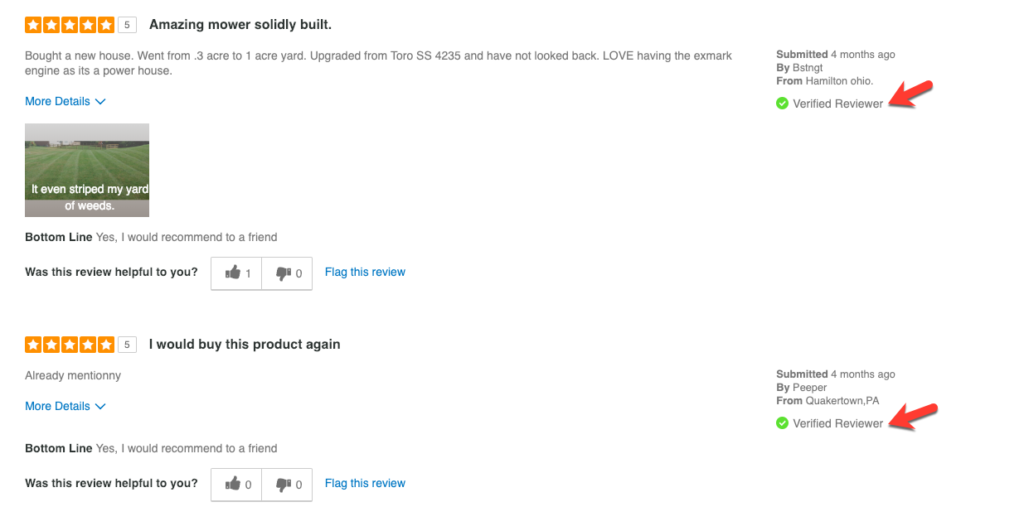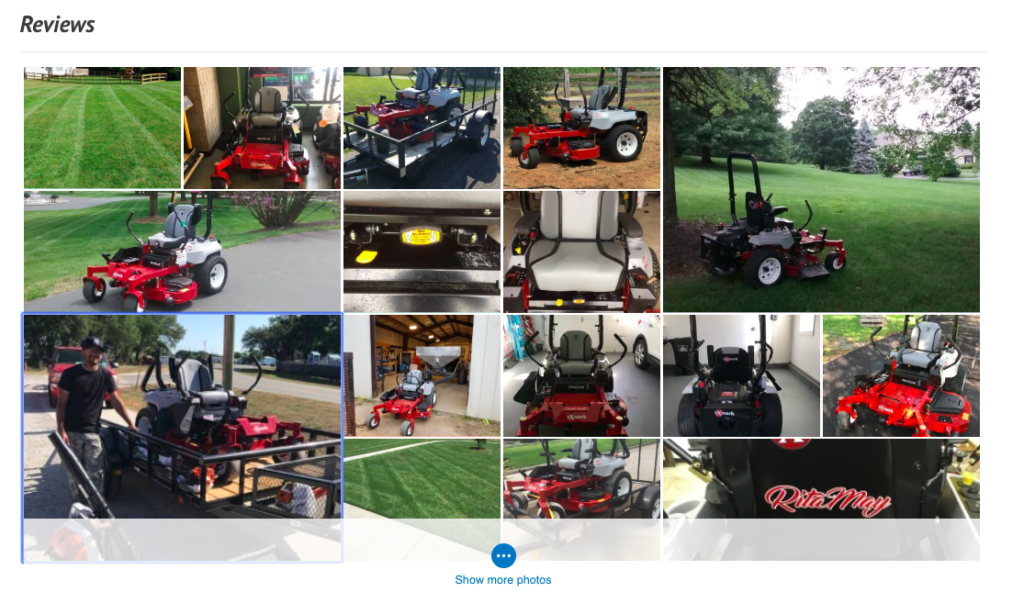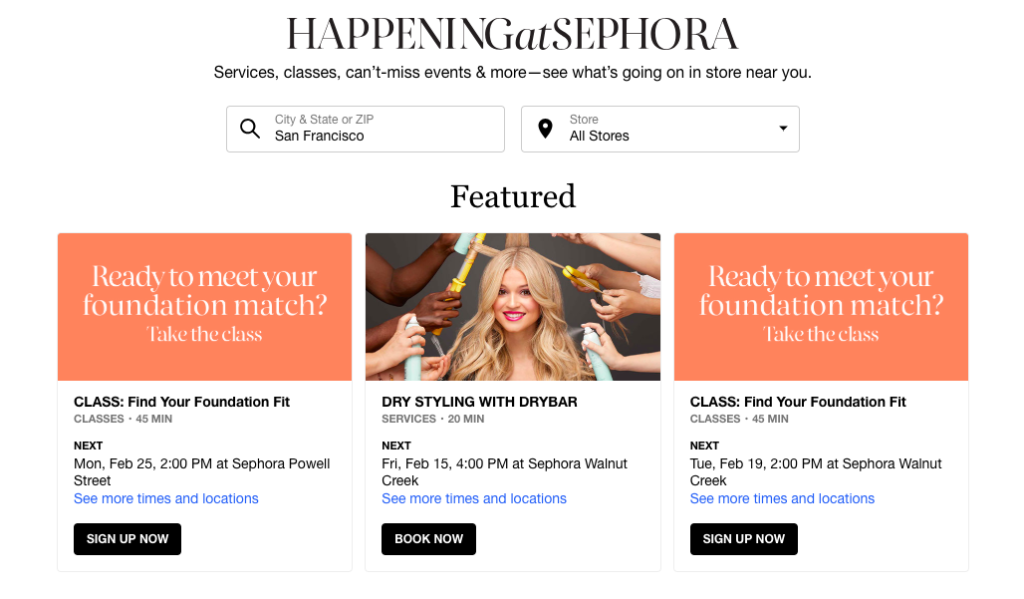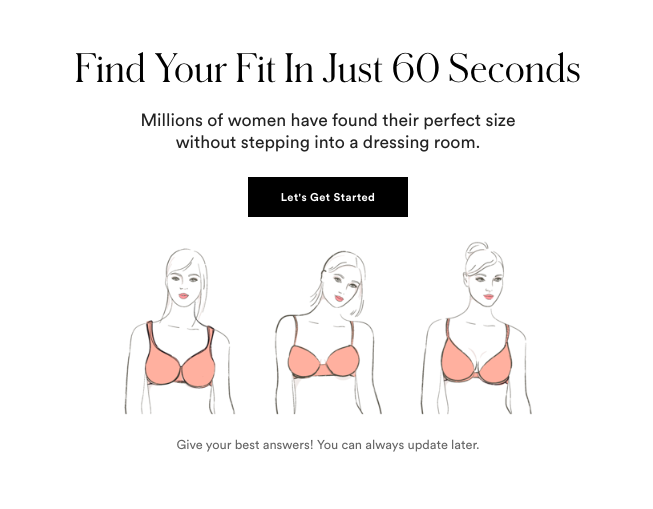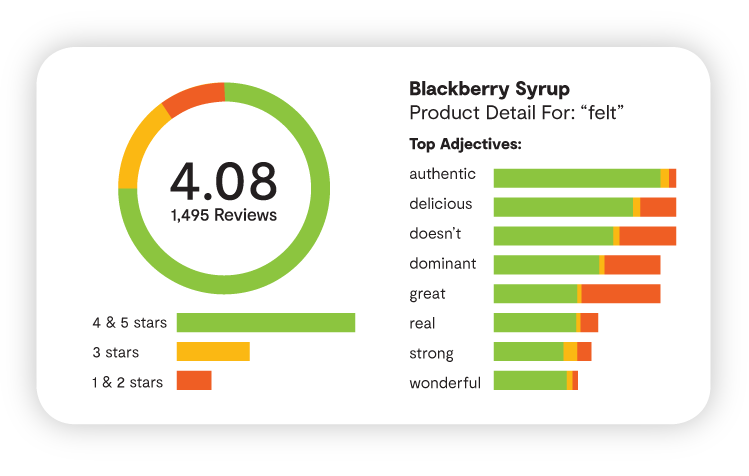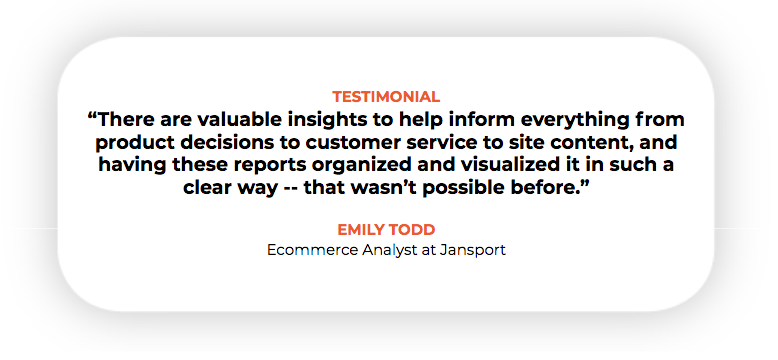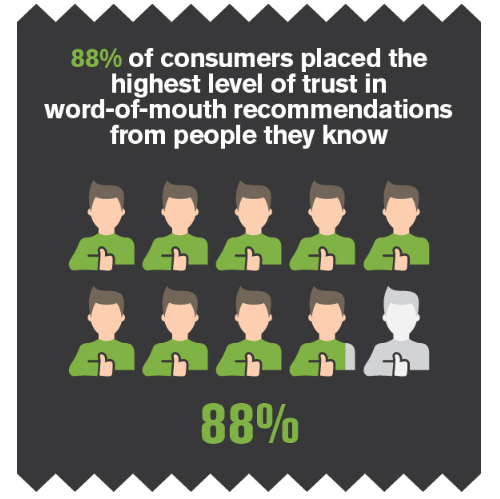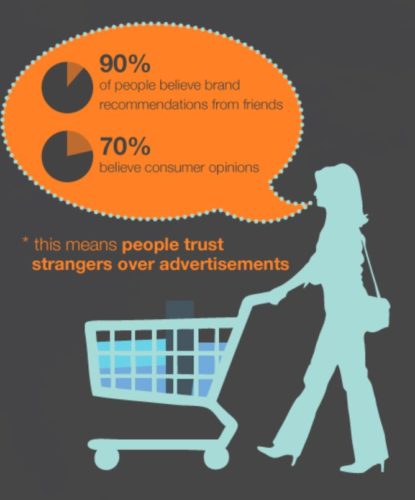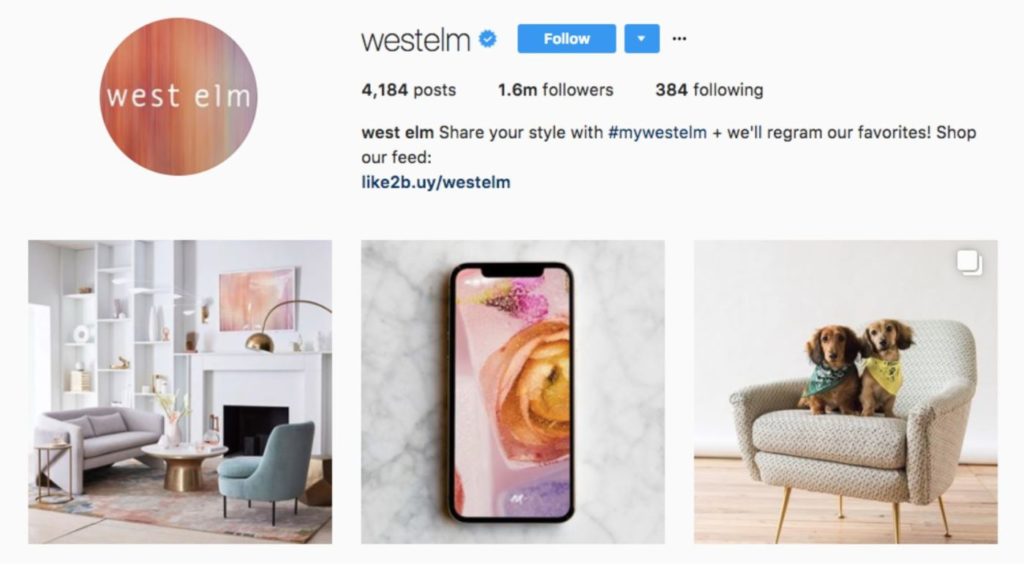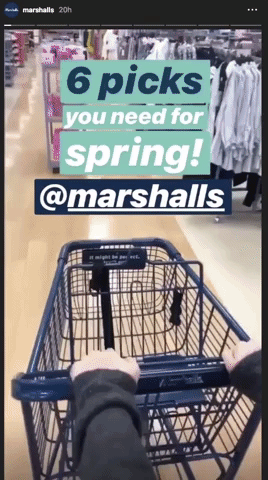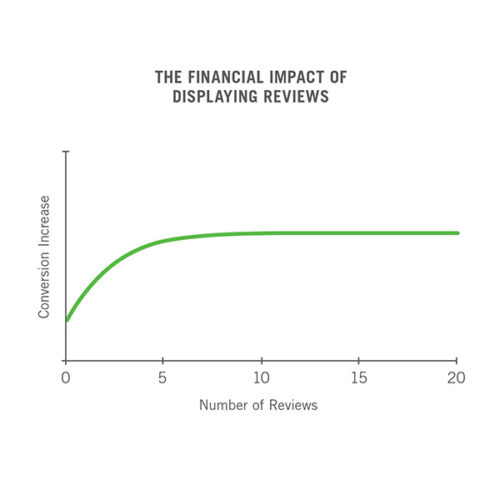Instagram is more than just a way to get jealous about your friend’s vacation photos. Although it hurts to see those travel images while you sit at work, the benefits of Instagram is far reaching.
Just think about the massive amounts of new products and services you’ve likely discovered on Instagram through paid social media ads or friends tagging brands you’ve never heard of in their posts. Of course social media connects us, but what’s difficult is getting those connections to your most important business assets–your customers.
At the same time, we know creating, managing and maintaining an Instagram account is daunting. It takes significant time and consideration to not only make it work, but drive sales.
Before you say–we just don’t have the resources–consider this data from an upcoming PowerReviews health and beauty report. We found 35% of U.S. shoppers between the coveted age of 18-29 use Instagram to research or buy health and beauty products.
For certain industries, leaving Instagram out of your buyer journey could seriously limit your ability to reach new customers. So to help you get on the right track, we’re providing a few tips. Here are seven benefits of Instagram that you might not know:
1. More Businesses & Consumers Are Joining Every Day
With more than 25 million businesses actively using Instagram to market to their target audience, it’s easy to see why so many people use the app to shop. In today’s instant-access retail world, shoppers want visual content to help them make buying decisions.
Not only do they want visuals, but consumers want this content from people just like them.
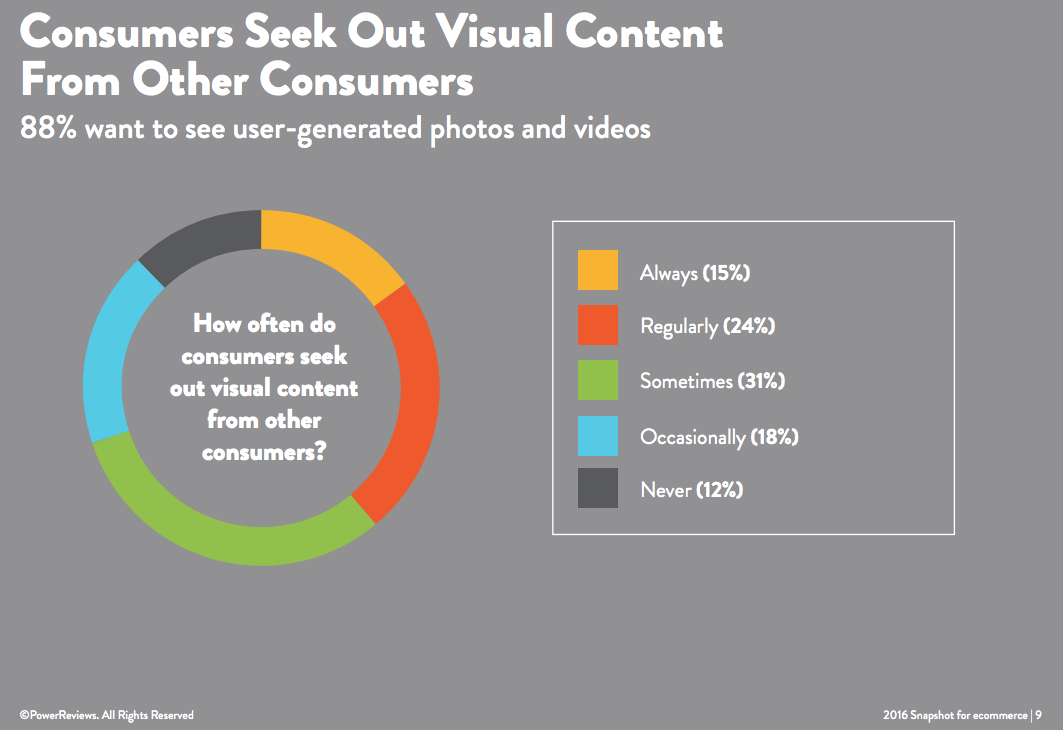
In fact, the PowerReviews Ecommerce Snapshot report found 72% of U.S. shoppers search for visual content of an item before making the purchase. On the flip side, a menial 3% of shoppers said they never look for visuals before buying.
The growing network of Instagram actually helps brands and retailers leverage visuals to better describe and detail their products. And as the network increases, shoppers understand that Instagram can be a reliable source for more product information and visuals.
That means your target audience is already primed to see your content show up in their feed. Not only do you customers expect it, but Instagram has made their app much more business-friendly in the last few years with various linking, landing page creation and product tagging features.
Simply put, the company is giving you fewer reasons for your business not to join. The customer experience is important to so many brands and retailers, which is why Instagram continues to push these features. The benefits of Instagram grows with its user base, so it just might be time to join or significantly improve your marketing strategy.
2. Easy to Target (and Retarget) Your Audience
We know that targeting the right audience is key in the success of your ads. But how does Instagram help you reach your core audience?
Well, if you’re familiar at all with Facebook advertising, you understand the power and depths available to reach your audience. Some of the targeting features include:
- Location: Whether you’re targeting to a whole country or just one city, location isn’t any issue.
- Demographics: Want to send your ads only to 37-year-old women who speak Catalan? Instagram can pinpoint language and gender demographics.
- Interests: Base your ads on what your audience follows on Instagram, including other businesses that may be your direct competition. You also can base interests on ads they click and apps they use.
- Behaviors: Define an ad’s audience by the actions they take on (and off) Instagram and Facebook. For example, easily retarget potential customers who have visited your website in the past but never made a purchase.
- Lookalike audiences: Your followers are part of a specific persona who is eager to see your content (and hopefully buy your products). So, you can target ads to people that are similar to the ones that already follow you or have purchased on your website.
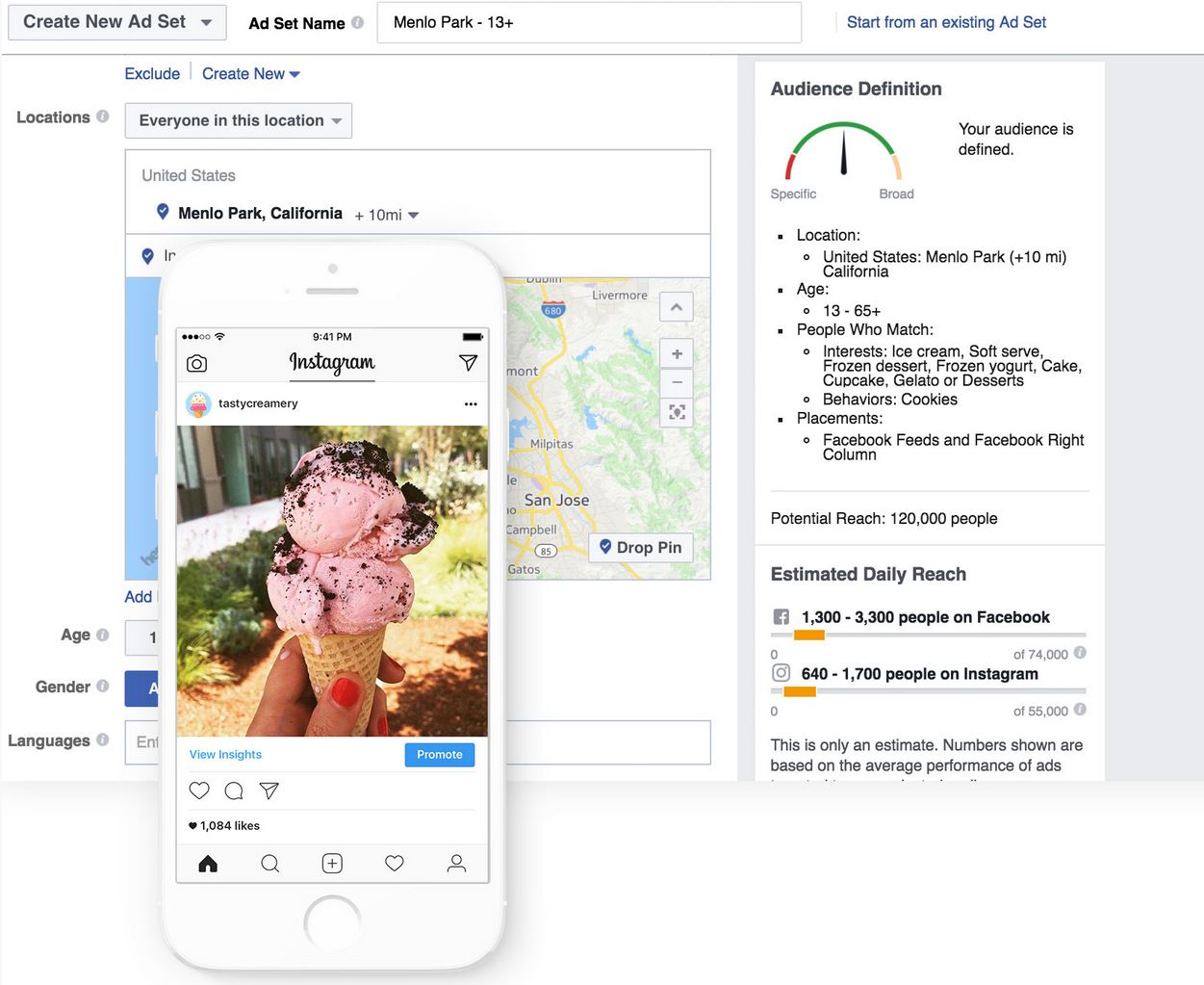
Instagram also offers automated targeting, giving you a head start in creating an audience that might be interested in your brand. To get even more information, check out our Instagram sizes and advertising dimensions guide!
Understanding Your Demographics
One of the biggest questions businesses have is about their core demographics and where they shop. For Instagram, many brands and retailers chalk it up to a young-person’s game.
But Pew Research recently found 40% of U.S. adults between 30-49 use Instagram and an overall 35% of adults use the app.
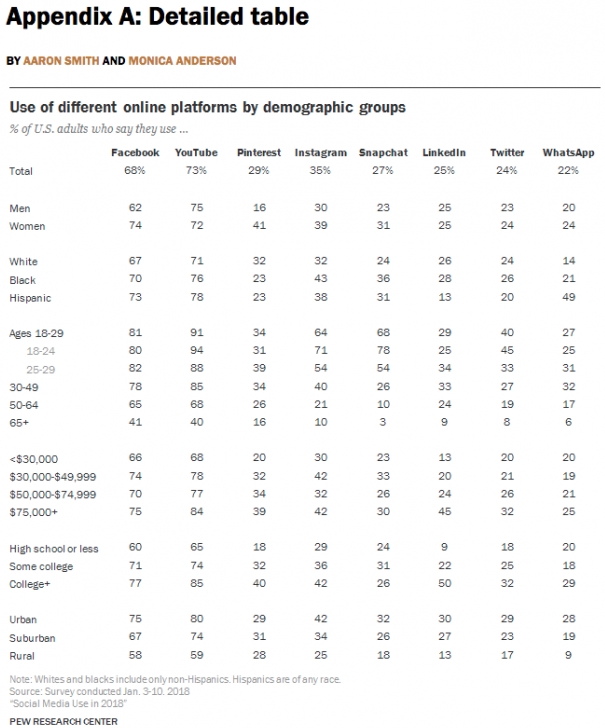 It’s important to not only know your core demographic, but provide them the right channels to shop for your products. We already know that younger generations like Instagram, but targeting older demographics that might be more relevant to your brand is essential.
It’s important to not only know your core demographic, but provide them the right channels to shop for your products. We already know that younger generations like Instagram, but targeting older demographics that might be more relevant to your brand is essential.
3. Use All the Visual Marketing Features on Instagram
Like we mentioned, visual content empowers shoppers to make purchases with more in-depth details and images of what they want to buy. But that doesn’t mean you should just add photos and videos of your products every day and call it a day.
Retailers are getting much smarter to how and where they advertise to shoppers on Instagram. Additionally, brands and retailers are creating better content on the platform because they’re focusing on the correct Instagram sizes and features that users actually enjoy.
For example, Overstock relies on Instagram Story ads to beautifully transition consumers to featured products in just a few seconds.

As part of the process of repositioning their brand, Overstock created these video ads and saw an 18% increase in return on ad spend and a 20% decrease in cost per click. Creating engaging content is about capturing shoppers’ attention before they scroll or tap past your message.
To get the most out of your Instagram content, try these tips:
- Use large text: Don’t make it difficult for viewers to make out your message on their mobile devices. However, using too much might get an ad rejected.
- Be succinct: No reason to try out your best Faulkner impersonation. The last thing you want to do is make your pitch 2 or 3 seconds into the ad. You have to give the value prop immediately.
- Avoid over designing: The point of your ad should be to blend in with user content. Sometimes it pays to not use overly-designed content.
- Create a clear path: With Instagram shopping, users can review products before moving to your site. Create seamless and easy paths to limit any second-guessing.
4. Engage With Customers Where They Spend Their Time
More than 800 million people use Instagram every month and over 500 million log on every day. The time spent on Instagram is pretty astonishing and for brands and retailers, this is a network to engage and connect with your base.
This is telling because approximately 80% of all Instagram accounts follow at least one business. The visual network is perfect for brands who don’t want to be bombarded by sales copy, announcements and other messaging. Instead, Instagram works like it does when you follow your friends–if you see visual content you like, you engage.
https://www.instagram.com/p/BuY2ZEgHZKU/
King Arthur Flour does a great job at highlighting visual content that could be easily mistaken for a friend or family account. And the best part is that it’s not tricking users, but simply blending in the content to be discovered.
Instagram found that 60% of users have found a new product on the platform. It continues to be the platform for discovery and new product education. So why not use Instagram for what it’s intended for?
5. Build Up User-Generated Content
User-generated content is an essential part of building trust in your brand and products. Why? Because people trust each other more than businesses.
The same Ecommerce Snapshot report found 54% of U.S. consumers between ages 18-29 said consumer-submitted photos and videos were more valuable than retail or brand visual content. And again, younger shoppers are not the only demographic looking for user-generated content. Approximately half of those between the ages 30-44 felt the same way.
And on Instagram, it’s not only a gold mine of user-generated content, but it’s easy to get it produced from your audience. Brands like Southwest regularly promote user-generated content submitted from their loyal customers.
https://www.instagram.com/p/BuXNZvTjA4E/
It’s easy to ask for content through a hashtag to build up content and get your followers engaged. And the best part is you have the ability to collect and display Instagram user-generated content through the PowerReviews Visual and Social Suite to reinforce your product pages with authentic customer content.
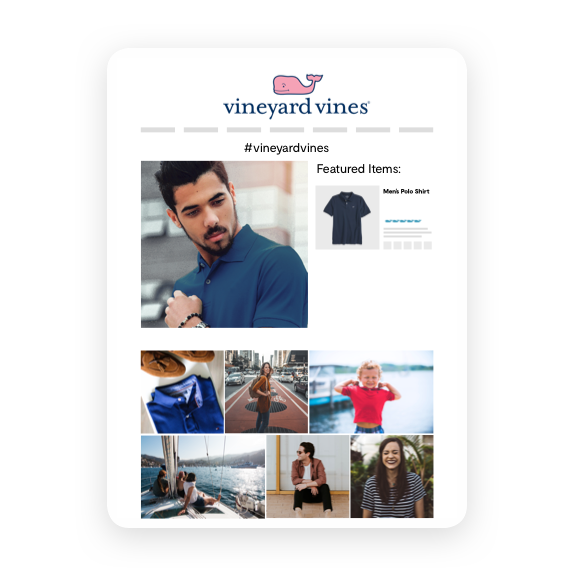
Give customers a way to see your products in the hands of or on shoppers just like themselves. By doing so, you limit doubt and increase confidence in their path to purchase.
6. Reveals In-Depth Insights About Your Audience
We now know how important it is to understand and learn your audience. And to know who they are, where they’re from and their likes and dislikes, Instagram can help uncover this information.
First, being engaged in the community online helps you see what these people are all about. By following popular hashtags in your industry, you’ll see what people are talking about, their concerns and problems, as well as their happy moments and daily victories.
Second, Instagram provides essential native insights into your community and followers.
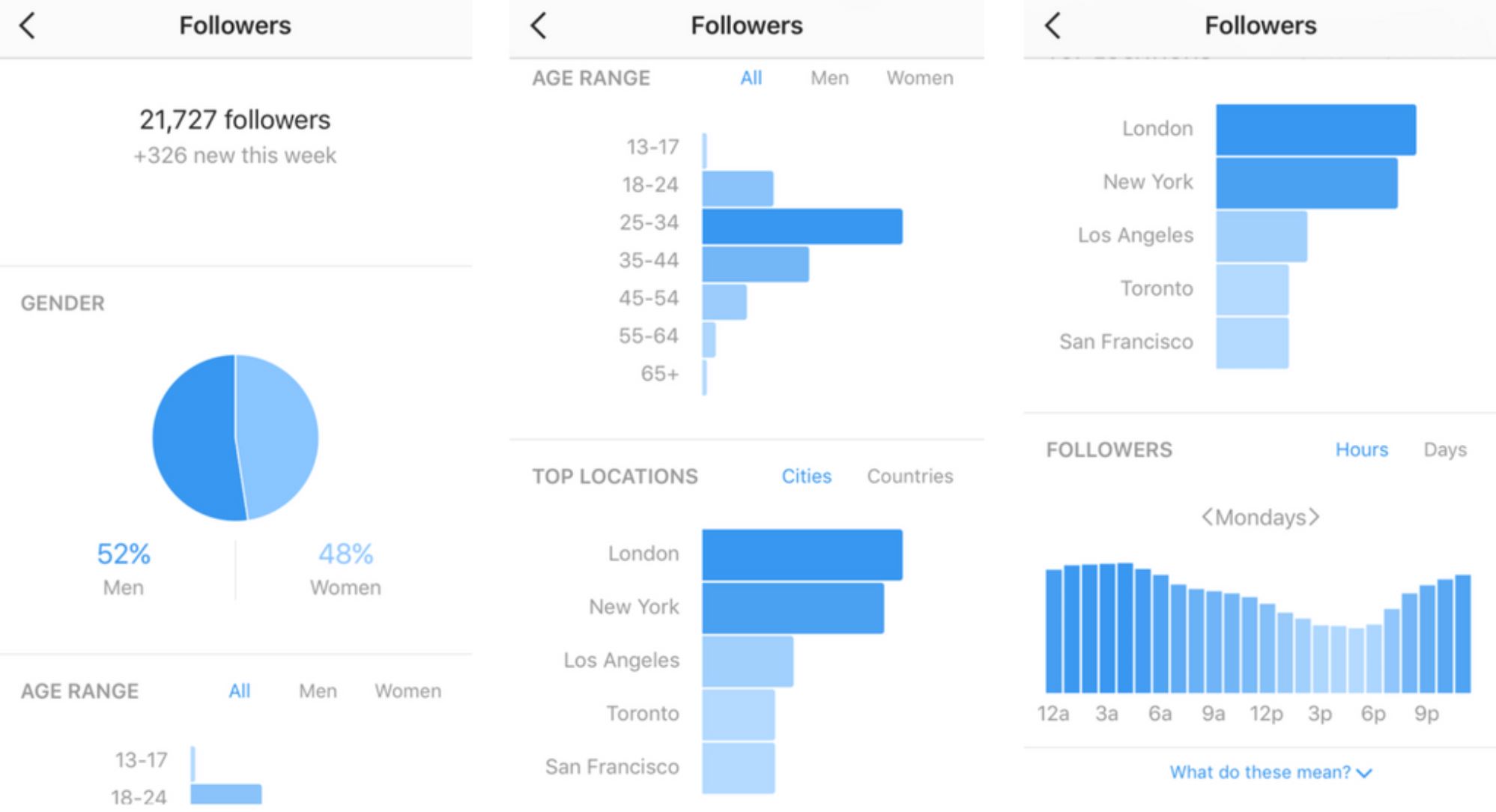
With these Insights, you’ll find information about your followers such as their gender, age, location and the times when they’re most active online.
Lastly, Instagram also gives you insights to see your ROI on the platform. If you’ve ever used the ads manager platform on Facebook, you’ll understand the kind of super-useful information it provides.
For each campaign, you can check reach, clicks, sales, or conversions, plus the total conversion value. You can also break this down by factors such as gender or location.
7. Constantly Updated Marketing Features Within Ads and Stories
Instagram knows you want to sell more products and raise brand awareness. They understand your goals to improve your Instagram marketing strategy and the platform gives you the tools to accomplish them.
On the other hand, Instagram also knows their users. They understand how people spend money online. In fact, 42% of women on Instagram in the U.S. said they love to shop and consider it a hobby.
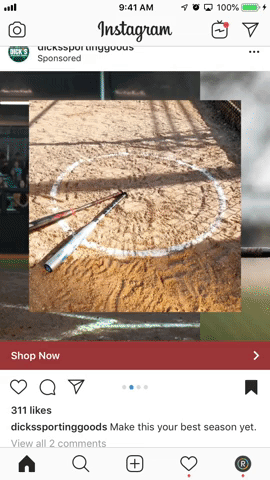
That’s why major retailers like Dick’s Sporting Goods does stellar work on Instagram to make it completely easy to click, search and buy. The social network created shopping and marketing experiences as an integrated part of their platform specifically to allow brands to advertise without obstructing the process of the platform.
At the same time, running Instagram Story ads lets you add links and product tag widows to learn more in an instant. The constant updates tailored toward businesses make this one of the hottest spots for retailers and brands to showcase their products.
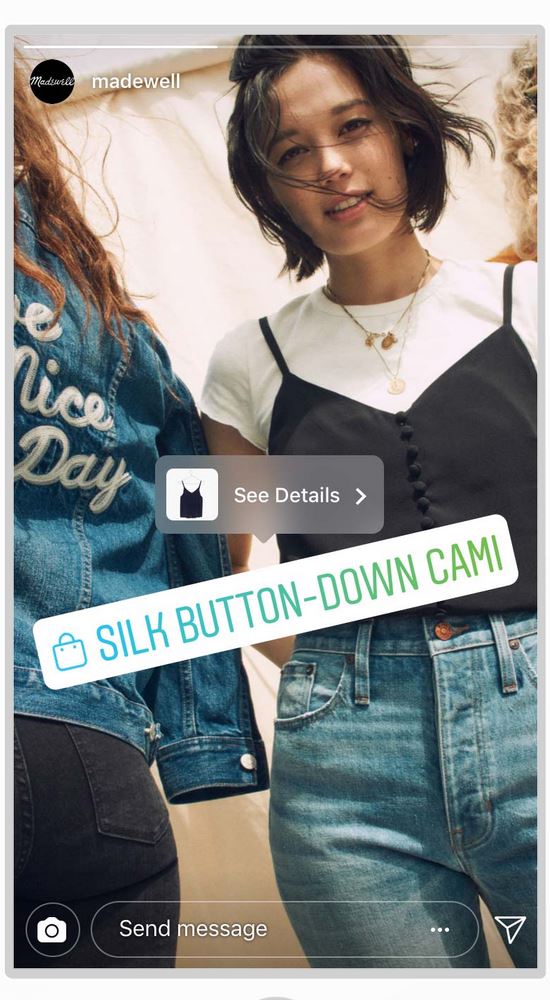
Since launching this feature, over 90 million accounts are tapping product tags to reveal details every single month. With ads that appear in the feed, you can attach links with CTAs like “Shop Now” to encourage shoppers to leave their feed.
How Will You Use These Benefits of Instagram?
Now that you know a few important benefits of Instagram, what will you do with the tips? Remember, Instagram is one of the best places to engage with your target audience and connect through visual content.
Plus, business-specific features such as business profiles, targeted ad campaigns, incredibly detailed insights and shopping buttons in stories and in-feed ads help you get the most out of this platform while boosting your ROI.
Discover the features and let us know on Twitter how you use Instagram to benefit your business!


